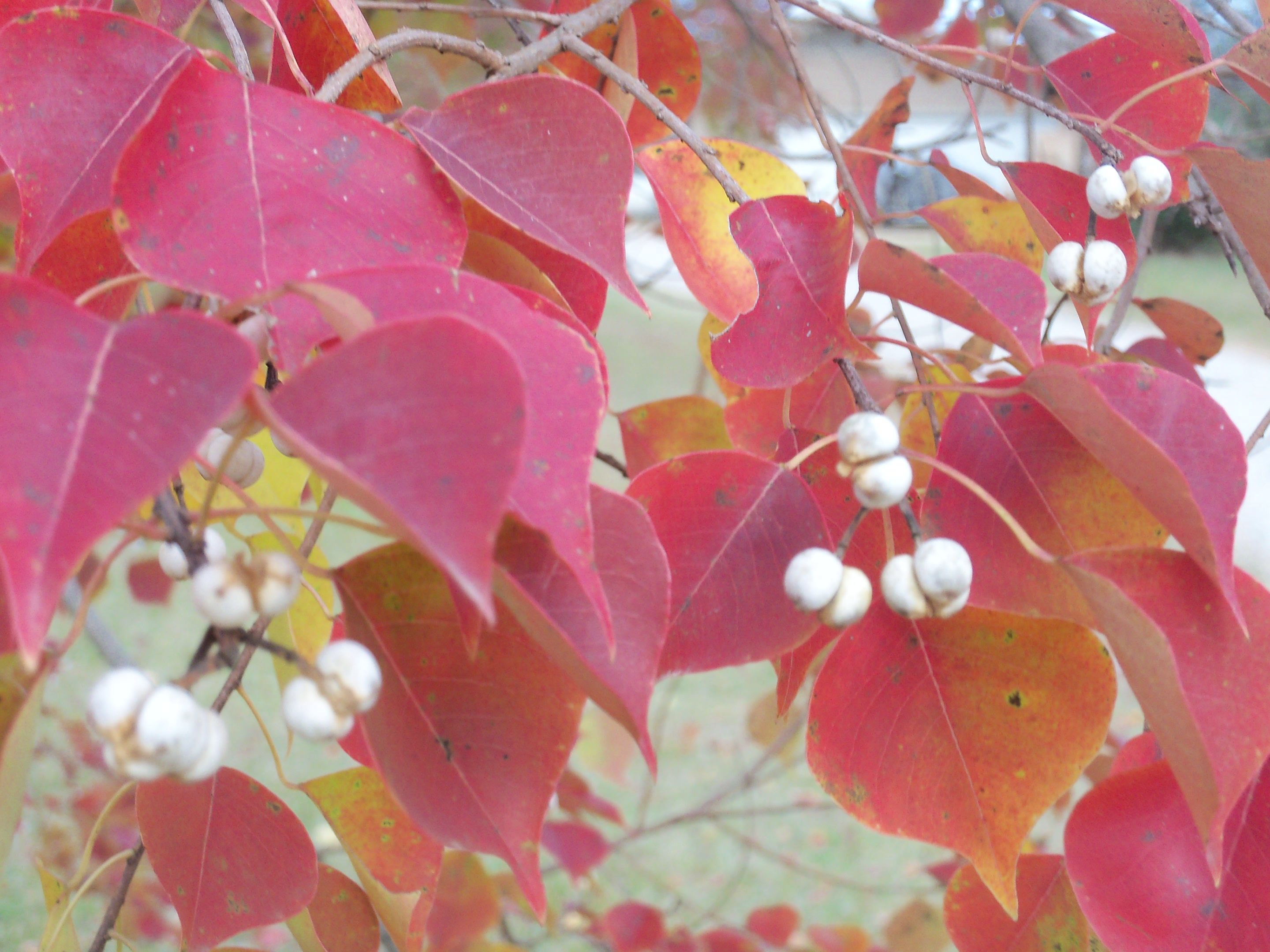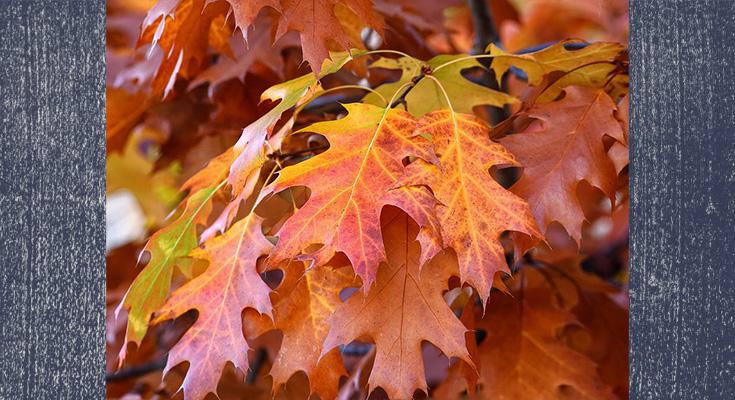By Craig Monger
As the weather changes around the state, so do the colors that saturate the beautiful landscape.
Leaves can go from dark green and brown to a spectrum of red, yellow, orange, and purple. The transition leads to a genuinely sightly change to the landscape, making drives to and from work a more pleasant experience. It seems like the change happens overnight, but why does it happen? Mallory Kelley, a home garden specialist with the Alabama Cooperative Extension, sheds some light on the science behind this beautiful phenomenon (pun is most assuredly intended.)
According to Kelley, yellow leaves stand out the most in the fall as they glow in the sunlight. In order to understand the changing colors of leaves in the state, it is necessary to have a rudimentary understanding of the science.
As everyone should recall from school, photosynthesis is the process by which green plants and some other organisms use sunlight to synthesize foods from carbon dioxide and water. Photosynthesis in plants generally involves the green pigment chlorophyll and generates oxygen as a byproduct.
“In the spring and summer, the green color seen in leaves is the chlorophyll,” Kelley said. “As days begin to shorten, so does the amount of sun available to the leaves. Therefore, the living plant cells in leaves do not receive enough light to create food and begin to change color.”
The yellow color is always present in the body of the leaf, it just takes a breakdown of chlorophyll to see the light shining through. After the starved chlorophyll eventually gives up the ghost, the brown crackly husk that was once a leaf falls to the ground. At this point, it is only useful in creating piles in which to play or simply step on for the delightful crunch it makes. But, until then, there is nothing to stop someone from observing the beautiful tapestry that creates the Monet–Esque scenery of an Alabama fall.
“The initial plant that tells me fall is here is the terribly invasive popcorn tree,” Kelley said. “You will start to notice them along fence rows and out in pastures along the roadsides.”

Every fall leaf starts out with a yellow color, and an abundance of chlorophyll makes the leaf appear green; through the breakdown of chlorophyll, the yellow color of the leaf is allowed to show through. The question remains, from where do the red, orange, or even purple shades come? According to Kelley, it’s a combination of temperature and sunlight. The days become shorter during the fall and winter months with a smaller time window for direct sunlight. Cold nights mixed with warm sunny days combine to create a stunning natural effect. Sugars that are released under the heat of the sun are subsequently trapped in the organism by the cool temperatures in the evening, leading to a vast array of spectral fall colors.
“These warm day and cool night temperatures tend to raise the level of red coloration in leaves,” Kelley said. “Sugar maples take on a fiery orange color, hickories will only show yellow colors and oaks are primarily reddish-brown to a brown shade.”
Some trees can only retain one specific color of the leaf, while on others, the colors can vary based on factors like physical location, genetics, and direction. The same tree can also express different colored leaves, depending on which side receives the most sunlight.
“Leaves that are directly exposed to the afternoon sun may turn a bright red, while leaves on the shady side of the tree may only turn yellow,” she said.










